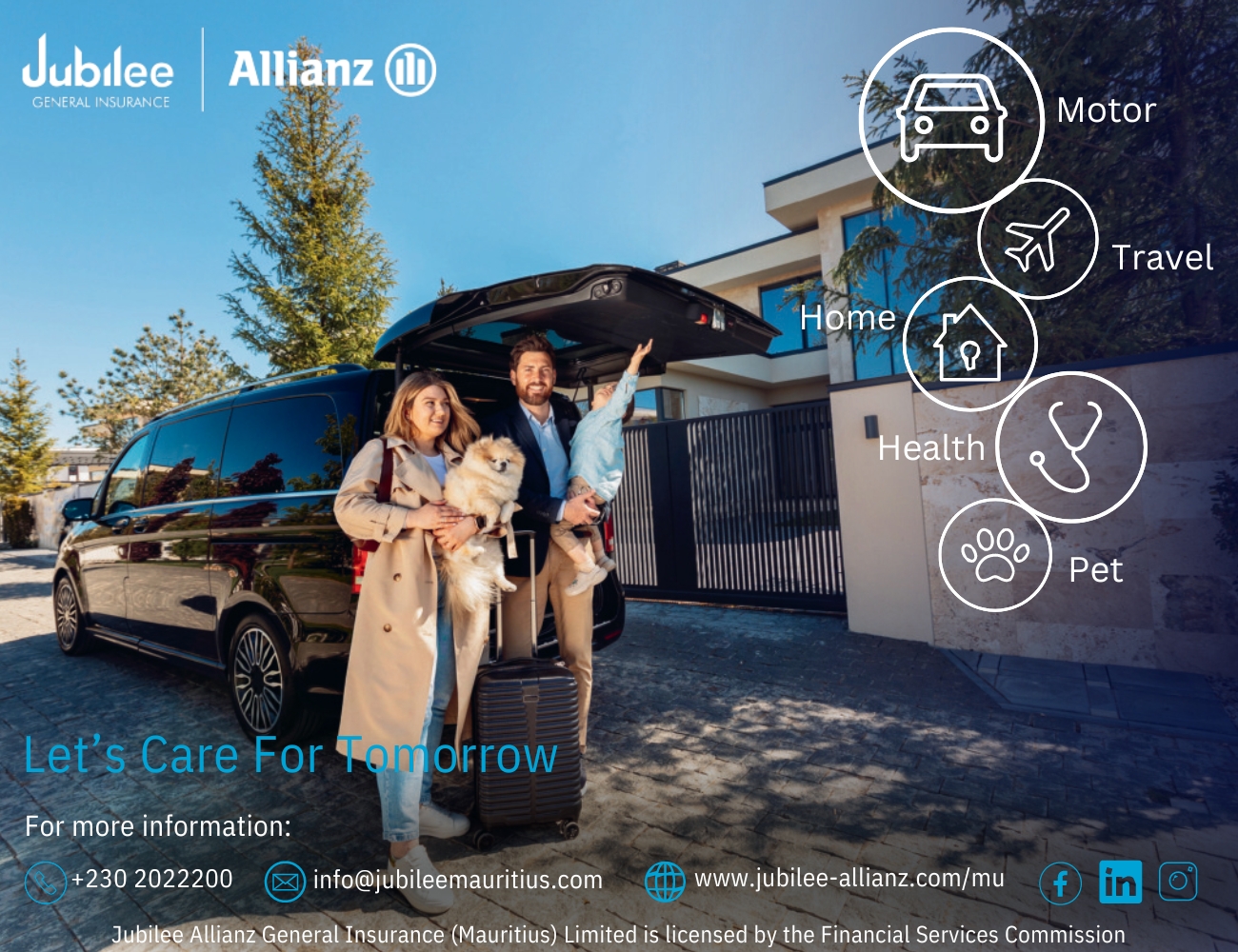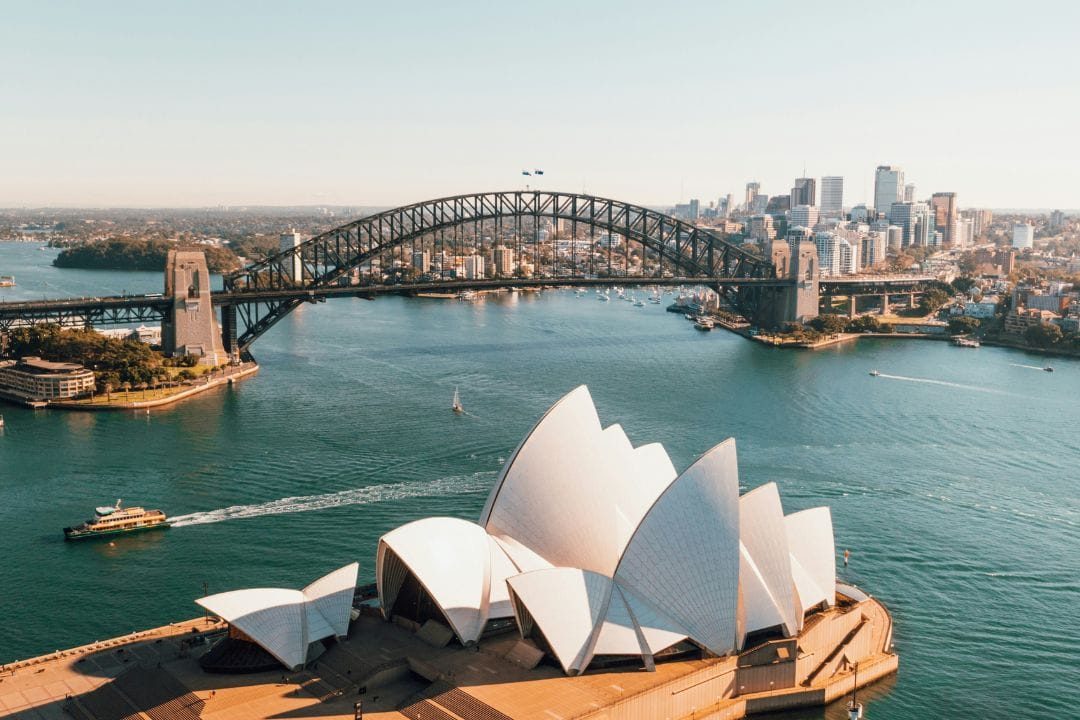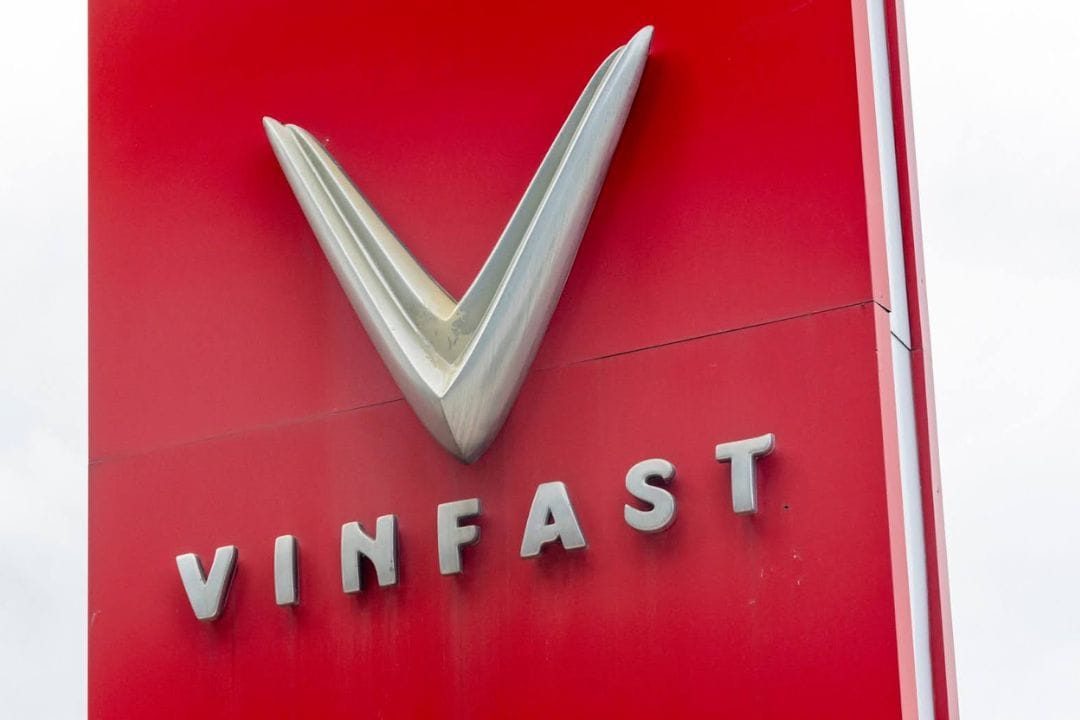
NASA’s SpaceX Crew-9 successfully concluded the agency’s ninth commercial crew rotation mission to the International Space Station, safely splashing down in a SpaceX Dragon spacecraft off the coast of Tallahassee, Florida, in the Gulf of Mexico.
NASA astronauts Nick Hague, Sunita Williams, and Butch Wilmore, along with Roscosmos cosmonaut Aleksandr Gorbunov, touched down on Earth at 5:57 p.m. EDT. Teams on SpaceX recovery vessels retrieved the spacecraft and its crew. After reaching the shore, the crew will fly to NASA’s Johnson Space Centre in Houston to reunite with their families.
“We are thrilled to have Suni, Butch, Nick, and Aleksandr home after their months-long mission conducting vital science, technology demonstrations, and maintenance aboard the International Space Station,” said NASA acting Administrator Janet Petro. “Per President Trump’s direction, NASA and SpaceX worked diligently to pull the schedule a month earlier. This international crew and our teams on the ground embraced the Trump Administration’s challenge of an updated, and somewhat unique, mission plan, to bring our crew home. Through preparation, ingenuity, and dedication, we achieve great things together for the benefit of humanity, pushing the boundaries of what is possible from low Earth orbit to the Moon and Mars.”
Williams and Wilmore traveled 121,347,491 miles during their mission, spent 286 days in space, and completed 4,576 orbits around Earth. Hague and Gorbunov traveled 72,553,920 miles during their mission, spent 171 days in space, and completed 2,736 orbits around Earth. The Crew-9 mission was the first spaceflight for Gorbunov. Williams has logged 608 days in space over her three flights, Hague has logged 374 days in space over his two missions, and Wilmore has logged 464 days in space over his three flights.
Throughout its mission, Crew-9 played a key role in various scientific and maintenance tasks, as well as technology demonstrations. Williams undertook two spacewalks, accompanied by Wilmore for one and Hague for another. Their activities included removing a radio frequency group antenna assembly from the station’s truss, collecting samples from the station’s exterior for analysis, and installing patches to repair damaged light filters on an X-ray telescope, among other tasks. Williams now holds the record for the most spacewalking time by a female astronaut, with a total of 62 hours and 6 minutes spent outside the station, placing her fourth on the all-time list for spacewalk duration.
The American crew members carried out more than 150 distinct scientific experiments and technology demonstrations, contributing over 900 hours of research. This included studies on plant growth and quality, as well as exploring the potential of stem cell technology to tackle blood diseases, autoimmune disorders, and cancers. They also tested lighting systems designed to help astronauts maintain their circadian rhythms, prepared the first wooden satellite for deployment, and collected samples from the space station’s exterior to investigate whether microorganisms can survive in space.
The Crew-9 mission marked the fourth flight of the Dragon spacecraft named *Freedom*, which had previously supported NASA’s SpaceX Crew-4, Axiom Mission 2, and Axiom Mission 3. The spacecraft will now return to Florida for inspection and processing at SpaceX’s refurbishment facility at Cape Canaveral Space Force Station. There, teams will examine the Dragon, assess its performance data, and begin preparations for its next mission.
The Crew-9 mission is part of NASA’s Commercial Crew Programme, and its return to Earth comes shortly after the launch of NASA’s SpaceX Crew-10, which docked at the station on 16th March, marking the start of another long-duration science expedition.
The aim of NASA’s Commercial Crew Programme is to provide safe, reliable, and cost-effective transportation to and from the International Space Station and low Earth orbit. The programme enhances research opportunities and expands the potential for discovery aboard humanity’s microgravity testbed for exploration, while also supporting NASA’s preparations for human missions to the Moon and Mars.
















